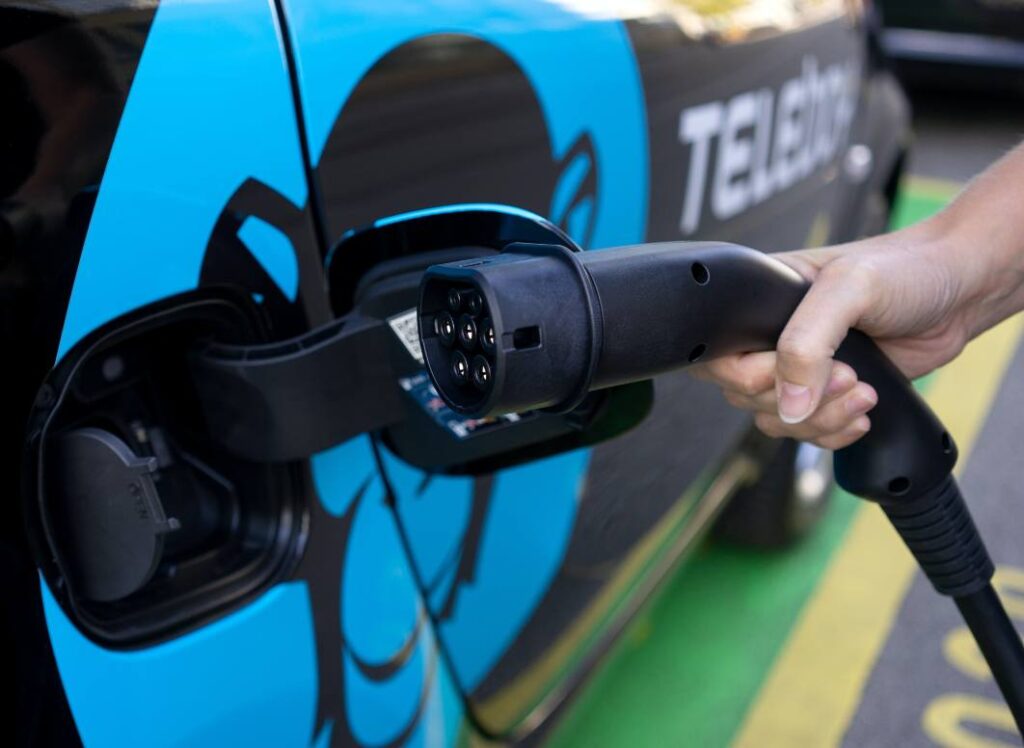The Ministry of Power (MoP) recently released guidelines that are expected to boost pumped hydro energy storage (PHES) projects in India. These guidelines have the potential to add approximately 5 GW of capacity over the next five fiscal years. With the increasing share of renewable energy, particularly solar power, during non-peak hours, investing in storage infrastructure has become crucial.
The current situation highlights the disparity between renewable energy generation and peak power demand. Solar power, which currently constitutes half of the renewable energy mix (solar + wind), is produced during the daytime, while peak power demand typically occurs in the evenings from 5 PM to 8 PM. As the proportion of solar power in the overall renewable energy mix is expected to rise to around 58% over the next two fiscal years, the absence of storage solutions limits the ability of solar power to meet peak-demand requirements.
Energy storage systems (ESS) offer a solution to this problem by charging during periods of excess electricity generation and discharging into the grid when needed. There are two primary options for ESS: pumped hydro energy storage (PHES) and battery energy storage systems (BESS). The MoP guidelines primarily focus on PHES projects due to their advantages over BESS, including a long project life of approximately 50 years with minimal maintenance costs, low residual waste generation, and the ability to store energy for extended durations without significant discharging.
However, PHES projects face several challenges, which have resulted in minimal capacity addition since March 2017. These challenges include identifying suitable sites, complex implementation processes, long gestation periods, and high capital costs that affect project viability. Additionally, the approval process, including land acquisition and environmental clearances from forest and wildlife authorities, is often lengthy and cumbersome.
Ankit Hakhu, Director at CRISIL Ratings, explains that the MoP guidelines could expedite the environmental clearances for off-river PHES projects by providing a separate window for approval. The guidelines also allow the government to offer land at concessional rates on an annual lease rental basis. Moreover, they facilitate the utilization of exhausted mines for PHES projects and provide a one-year relaxation for projects facing delays due to pending forest and environmental clearances. These measures should help mitigate implementation challenges and increase the number of available sites at attractive costs.
Out of the estimated 5 GW of PHES capacity that may be commissioned over the next five fiscal years, 2.8 GW is already under construction, with the rest expected to come up at potential sites identified by the Ministry of New and Renewable Energy, amounting to a cumulative total of 29.9 GW.
To improve project viability, the guidelines offer budgetary support, capped at Rs 1.5 crore per MW for projects up to 200 MW and Rs 1 crore per MW for projects above 200 MW, for setting up enabling infrastructure such as road connectivity and transmission lines to the project site. The guidelines also open the possibility for PHES projects to generate additional revenue streams by offering ancillary services such as reactive support and peak hour shaving. These services have the potential to increase cash flow by approximately 5% annually.
Varun Marwaha, Associate Director at CRISIL Ratings, suggests that if these measures are implemented effectively, PHES projects with the capacity to store electricity for over 6 hours could provide power at a levelized tariff of Rs 6-7 per unit. This calculation includes a budgetary benefit of around Rs 0.3 per unit, which depends on the project’s location and associated costs. Although this tariff may be higher compared to the average procurement price for power distribution companies (discoms), it could assist discoms in increasing the share of green energy












